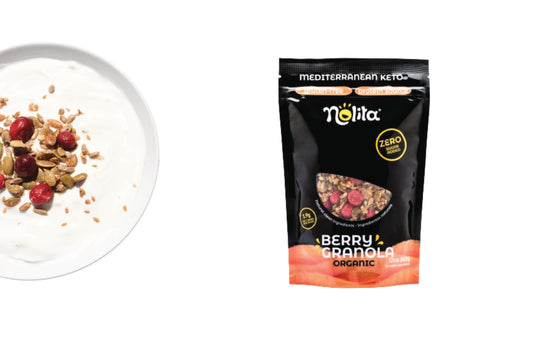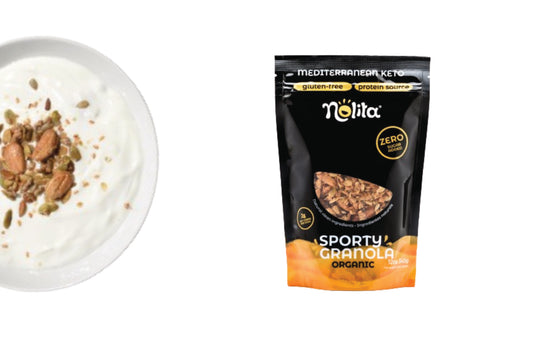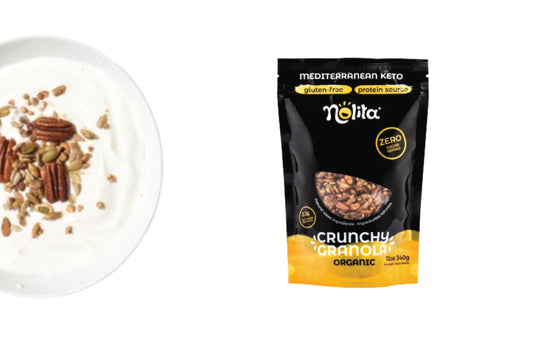Currently, many brands have adopted this symbol on their product labels. However, will Nutri-Score be your best shopping ally? And for your health? Let's find out. The Nutri-Score is a simplified front-of-pack labeling template. It is intended for pre-packaged products that have undergone some type of processing, allowing an assessment of their nutritional profile. It is called the FOP-NL (front of pack nutrition label) system and was developed by the French Public Health Agency. Currently, Nutri-Score is already used in eight European countries, namely: Germany, Belgium, Spain, France, Netherlands, Luxembourg, Portugal and Switzerland. It is voluntary and, to date, its use depends on the will of economic operators (1).
How is it interpreted?
Using an algorithm, foods are classified using colors and letters that correspond to:- Classification A defines the products with the best nutritional quality and classification E those with the worst nutritional quality;
- Foods further to the left of the scale can be consumed more frequently and foods further to the right only occasionally. However, everyone can be part of a balanced and varied diet.

Image 1: The interpretation of the Nutri-Score scale.
How is the calculation done?
The Nutri-Score is based on the allocation of points based on the nutritional composition per 100 g or 100 ml of the product. The calculation is made considering the attribution of “negative points – positive points”: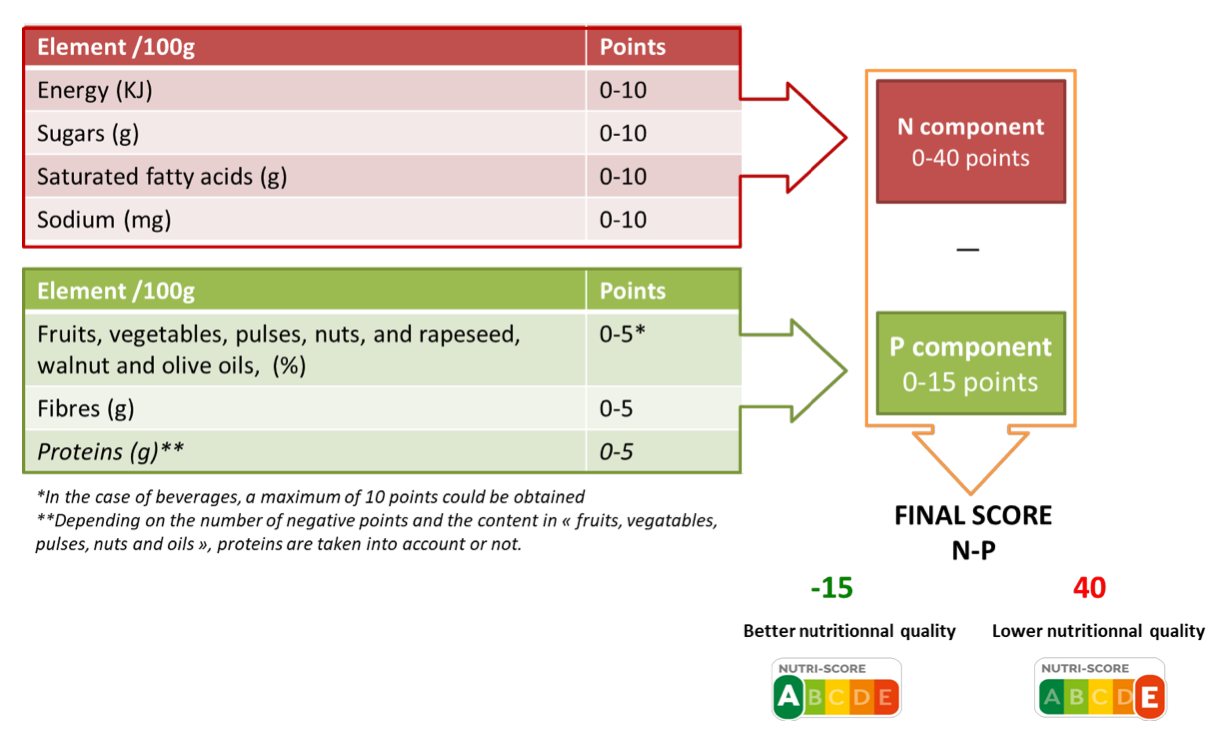
Image 2 - The Nutri-Score scale formula. (Source: publish France S. Nutri-Score Frequently Asked Questions Scientific & Technical)
- Positive points: presence of fruit, vegetables, legumes, nuts, olive oil and rapeseed and walnut oil, fiber and protein content. A high score is considered good for your health.
- Negative points: energy (calories), saturated fat, sugars and salt. High levels are considered harmful to health (2).
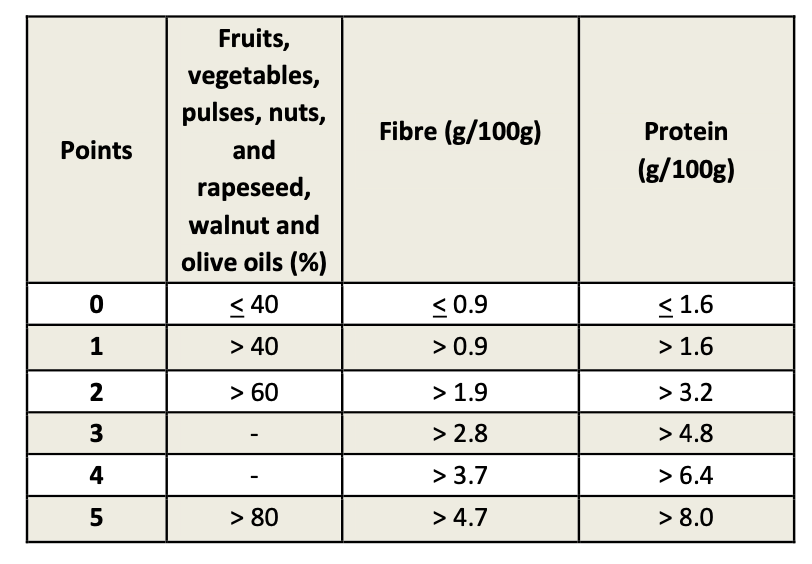
Image 3:The sodium content corresponds to the salt content listed in the mandatory declaration divided by 2.5 Image 3: The attribution of positive points.(Source: publish France S. Nutri-Score Frequently Asked Questions Scientific & Technical)
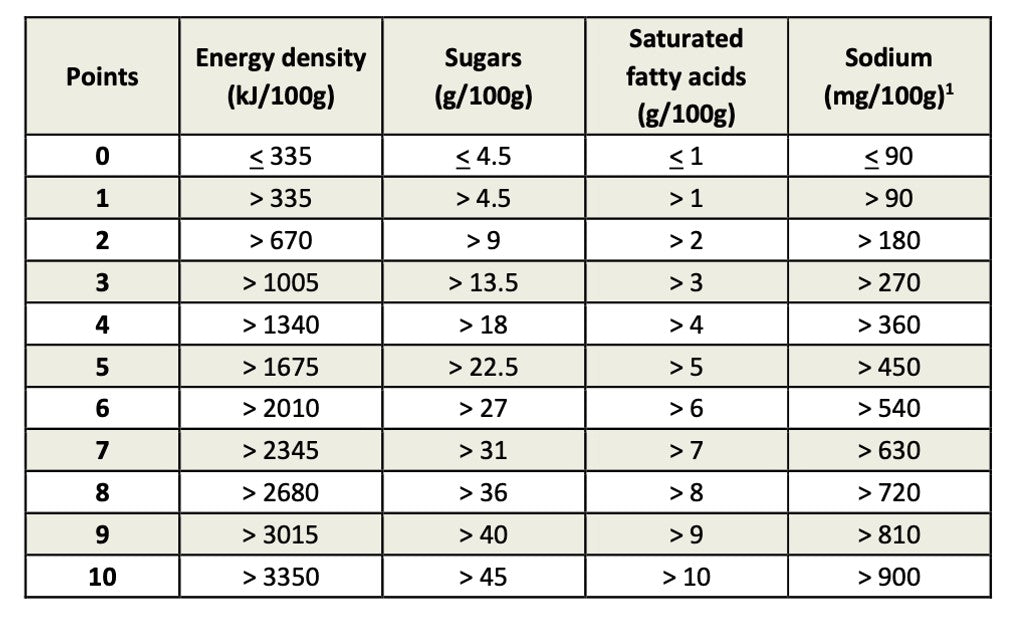
Image 4: The assignment of negative points.(Source: publish France S. Nutri-Score Frequently Asked Questions—Scientific & Technical)
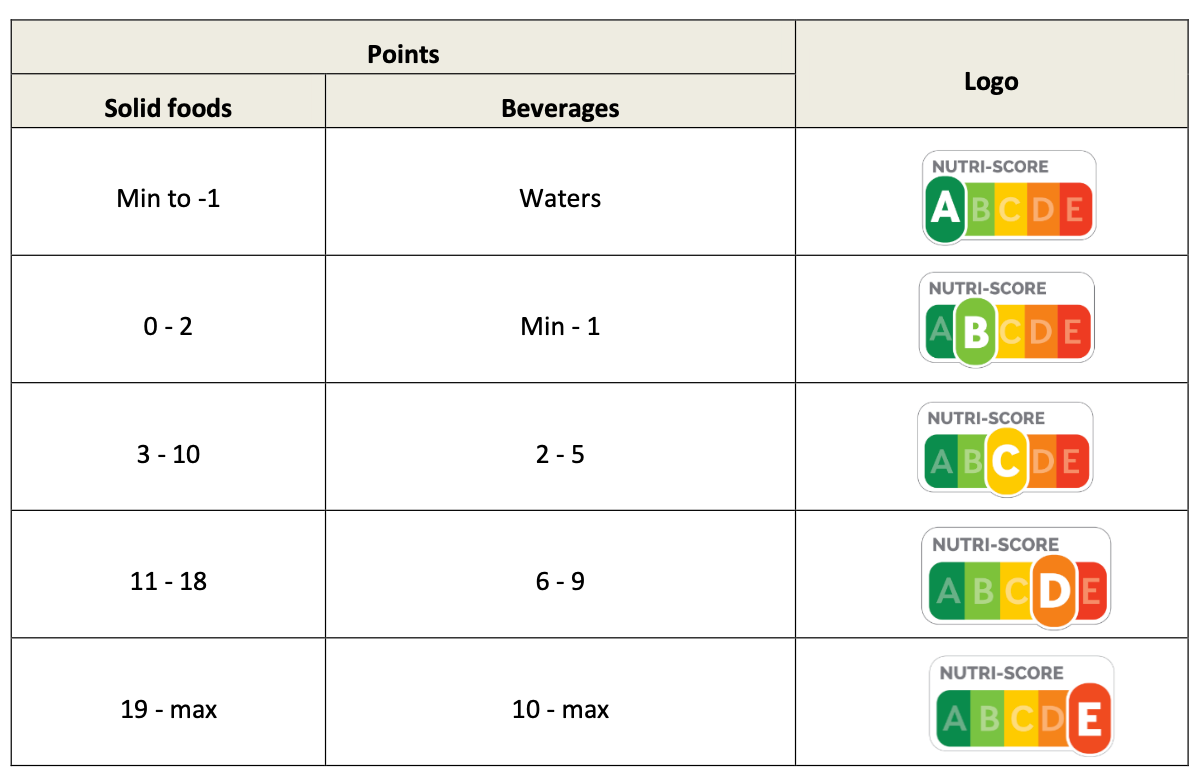
Image 5: The final ranking. (Source: publish France S. Nutri-Score Frequently Asked Questions—Scientific and Technical)
What are the advantages of this system?
The Nutri-Score:- it is simpler than the current mandatory labeling system for pre-packaged foods in the European Union;
- allows easy evaluation of food in a global way, allowing an easy understanding of its nutritional quality;
- is useful in comparing two products in the same category;
- it is easily recognized and interpreted, which could help to combat the lack of food literacy (3);
- allows people to be able to make better and healthier choices, avoiding D and E rated foods;
- has a potential protective effect against diseases related to eating habits, such as obesity, type 2 diabetes and hypertension;
- in the long term, it could increase the range of “good” foods available from the food industry. This is because it promotes and encourages the reformulation of food products, for example, by reducing the salt and sugar content (4);
- it is a dynamic and not fixed model, subject to constant revisions (the algorithm is re-evaluated every 3 years);
- is the simplified model that generates more consensus when compared to others (5).
What are the disadvantages of this system?
The Nutri-Score:- does not allow comparing foods from different categories with each other;
- can lead to misinterpretations: the consumer may consider a certain product to be healthy, regardless of the amount consumed;
- does not account for additives, pesticides, antibiotics, allergens, aromas, portion size and preparation/cooking method (does not include all the elements that make up the processed food in question);
- can encourage “hyper-processing” by the food industry in order to improve the ratings of its products. For example, you can increase the amount of protein and fiber while keeping the same amounts of sugar and salt. This makes the product improve its classification, although the nutritional quality is still not the best (4);
- does not take into account the degree of processing of the food;
- does not take into account the presence of micronutrients, such as vitamins and minerals;
- only considers the amount of sugars and not the presence of sweeteners. This makes, for example, “light” drinks, breakfast cereals and cereal bars rank well;
- it is still recent, so there is a lack of robust scientific evidence (6).
Some controversial cases:
- Frozen French fries: A Nutri-Score rating. This is because, despite having a high content of carbohydrates, they are low in fats and sugars. In addition, the classification does not consider the cooking method, and the label is valid only for the way in which the product is sold.
- Olive oil: obtains the classification C of the Nutri-Score, despite being the preferred addition fat due to its nutritional richness. This system assigns the same classification to products such as light fries, meat lasagna and ketchup, among others.
- Breakfast cereals: obtains the B classification of the Nutri-Score, after reformulations made by the food industry (slight decrease in sugar and increase in fiber). That is, these small adjustments make these products to be considered with good nutritional quality, even if the differences are minimal.
|
The bottom line: Thus, The Nutri-score:
|
Photo: @rostislavbudzan
Bibliography:
Proteste D. 2022. Available in: https://www.deco.proteste.pt/acoes-coletivas/nutri-score-no-rotulo.
Publique France S. Nutri-Score Frequently Asked Questions—Scientific & Technical.
Goiana-da-Silva F, Cruz D, Gregório MJ, Nunes AM, Calhau C, Hercberg S, et al. Nutri-score: A public health tool to improve eating habits in Portugal. Acta medica portuguesa. 2019; 32(3):175-78.
Graça P, Gregório MJ. Available in: https://pensarnutricao.pt/rotulagem-nutricional-simplificada-e-a-necessaria-reflexao/.
Cancer IAfRo. The Nutri-Score: A Science-Based Front-of-Pack Nutrition Label. Helping Consumers Make Healthier Food Choices. IARC—WHO Lyon, France; 2021.
Hafner E, Pravst I. Evaluation of the ability of nutri-score to discriminate the nutritional quality of prepacked foods using a sale-weighting approach. Foods. 2021; 10(8):1689.



